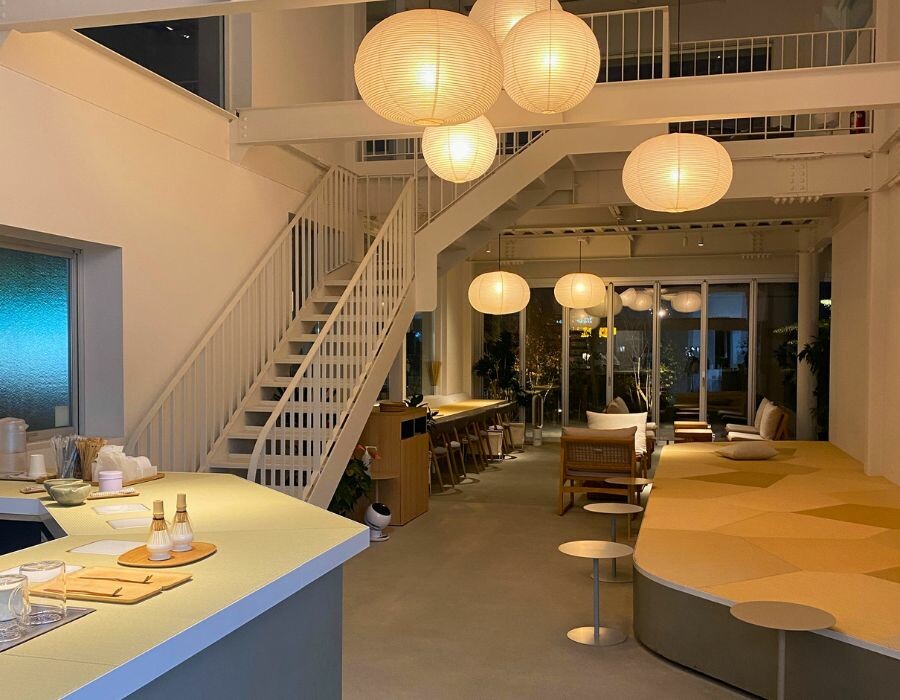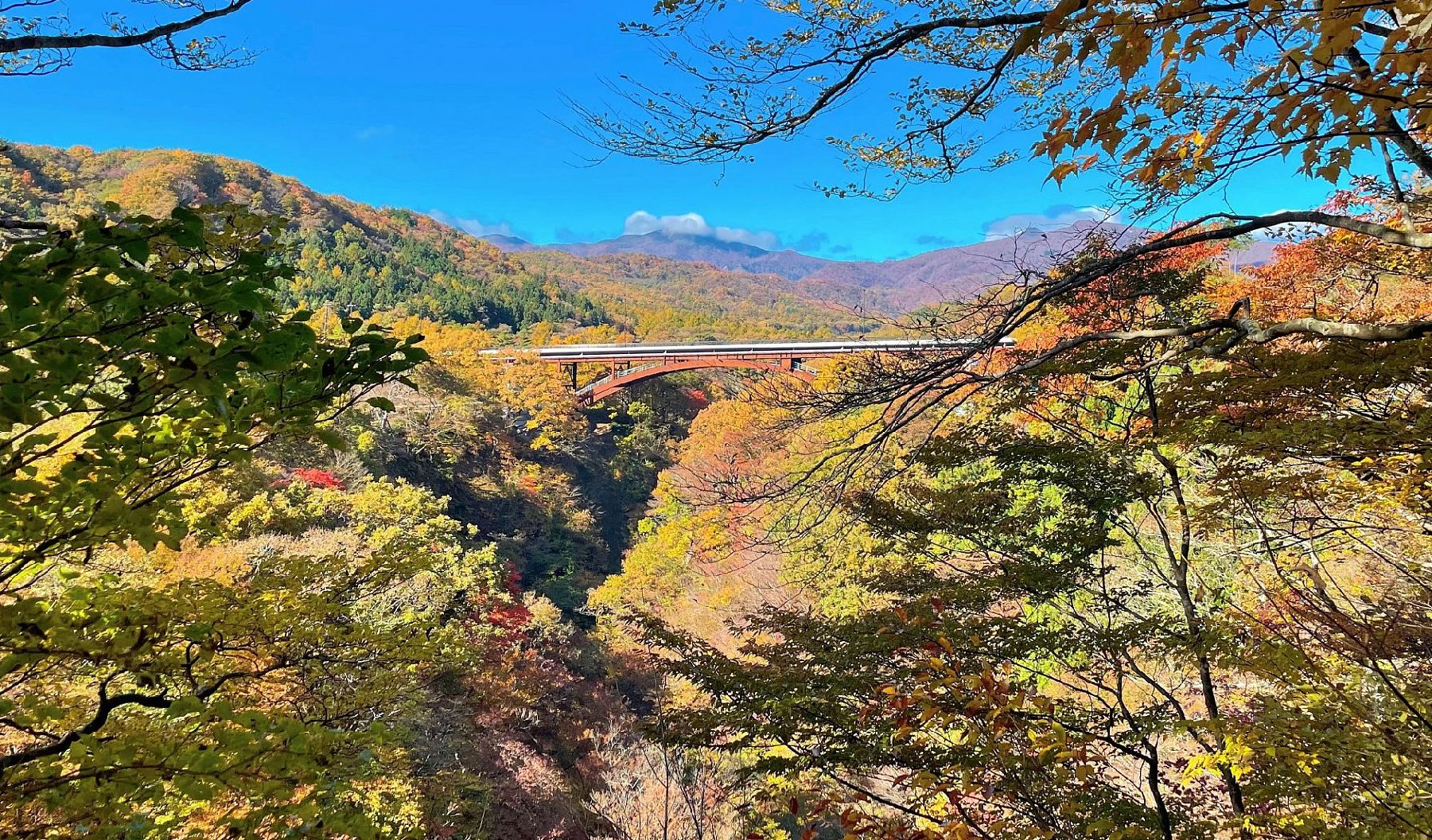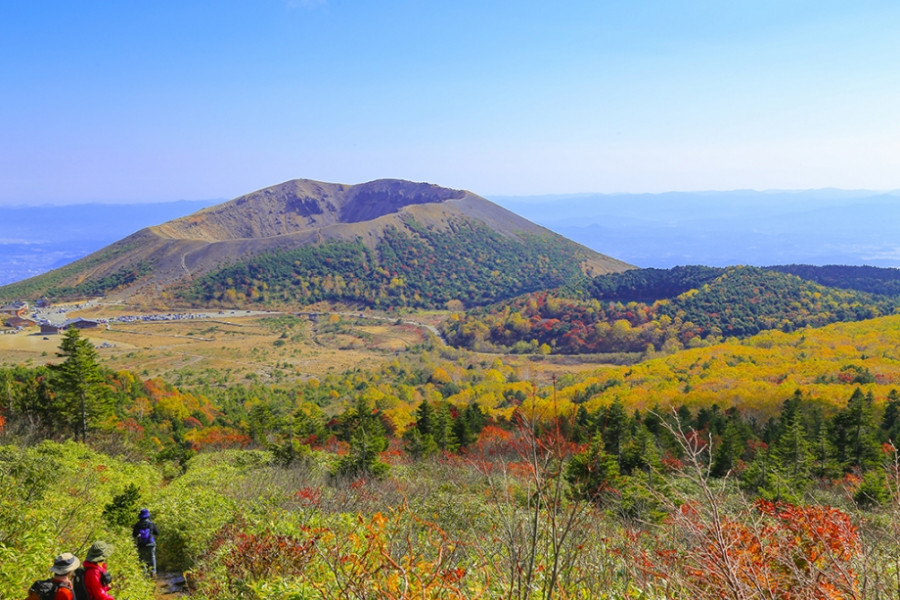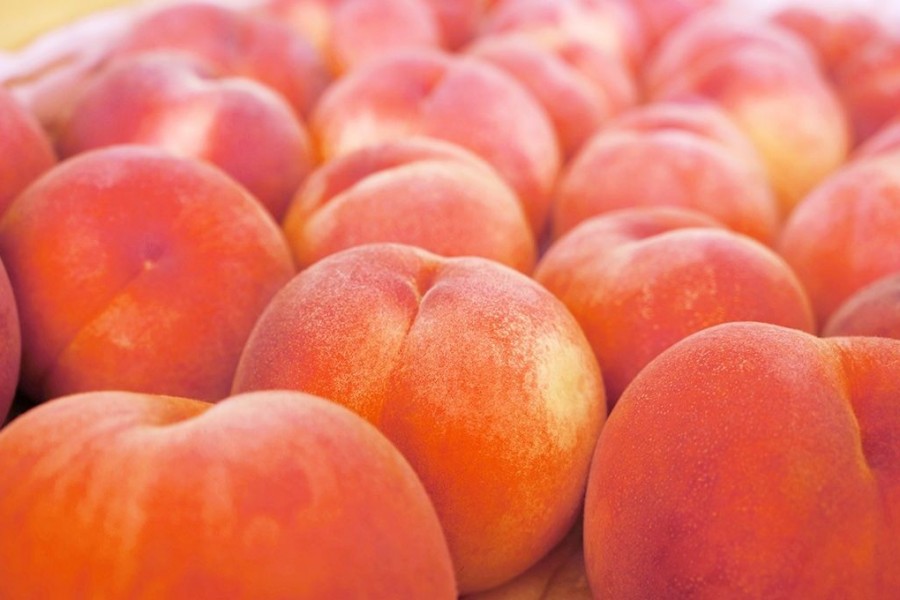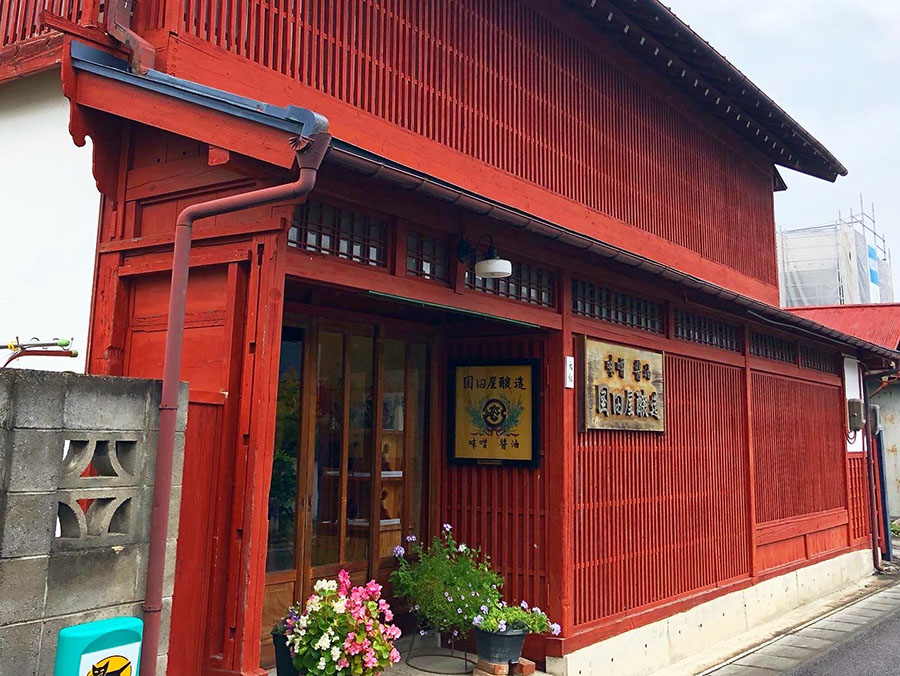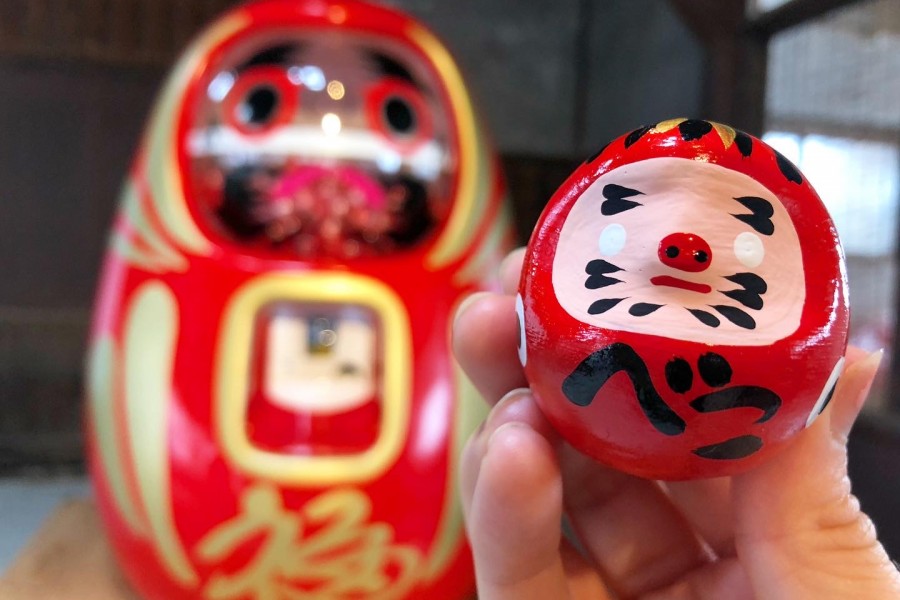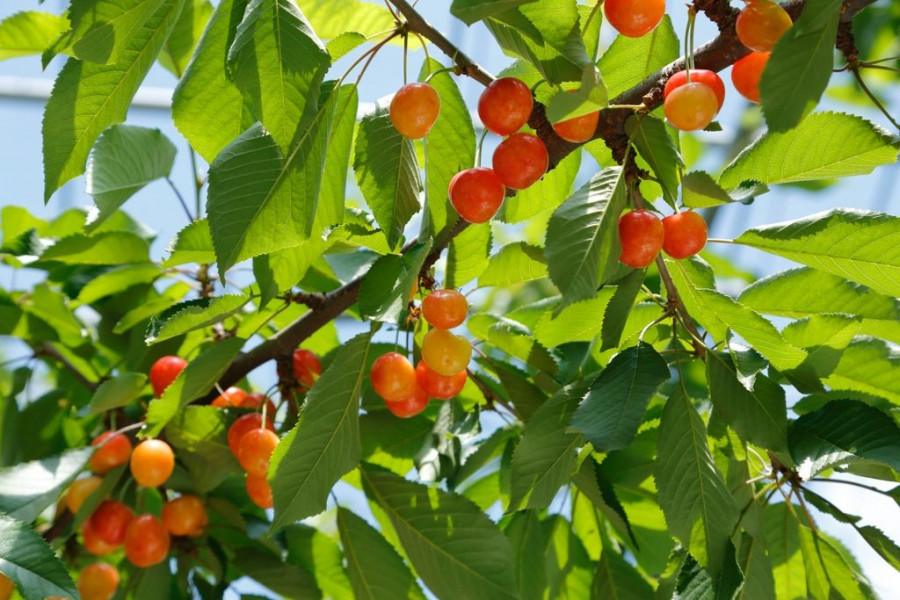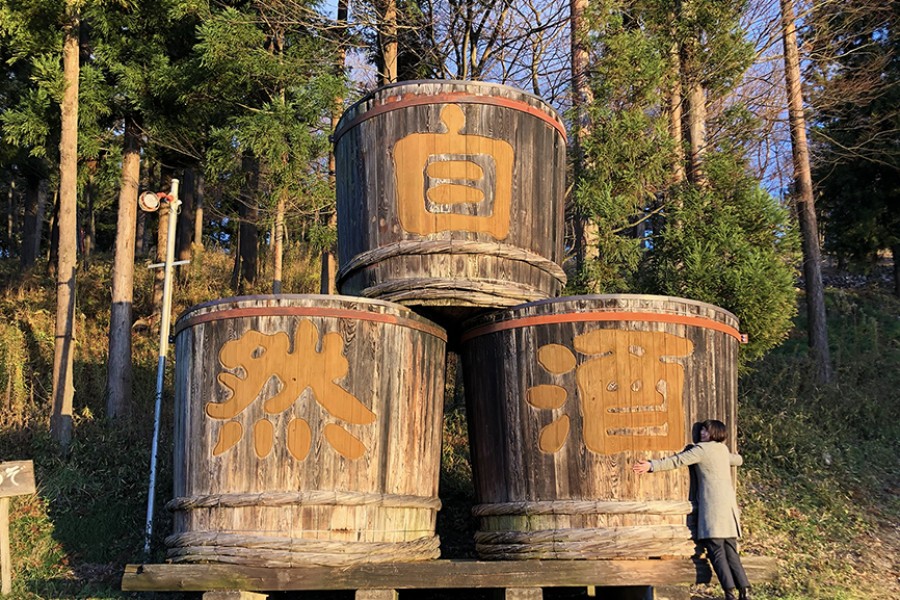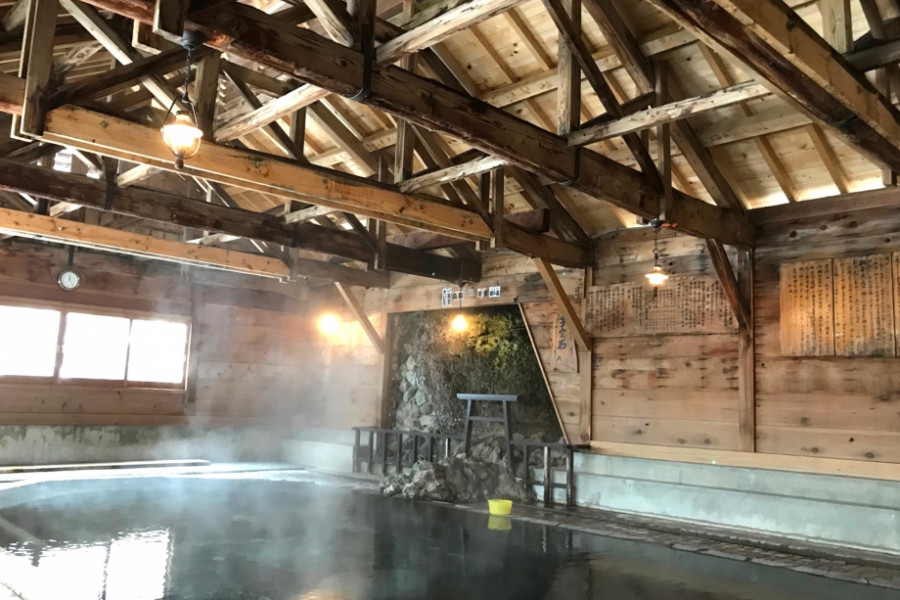
Kashi Onsen
There are well-known onsen in Tohoku, but Kashi Onsen, is treasured as one of this region's smallest, most off-the-beaten-track hot springs. In fact, Kashi Onsen home to only one ryokan inn: Daikokuya. Daikokuya’s oiwaburo (big-stone bath), which is measures 5m by 15m, with a depth of 1.2m, is gently warmed up from the source water that gushes up from the bedrock at the bottom of the bath, which is decorated with a number of large stones and small jewels.

